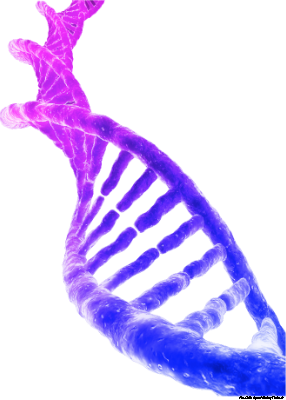
Chapter 1. Genetics and Early Prenatal Development
Synopsis
Genetics and Early Prenatal Development
Author

S. Stavros Valenti, Hofstra University
Synopsis
With the help of an animation, this activity explores the genetic aspects of prenatal development from the creation of the zygote through implantation.
REFERENCES
Edelman, G. M. (1992). Bright air, brilliant fire: On the Matter of the Mind. New York: Basic Books.
The Zygote
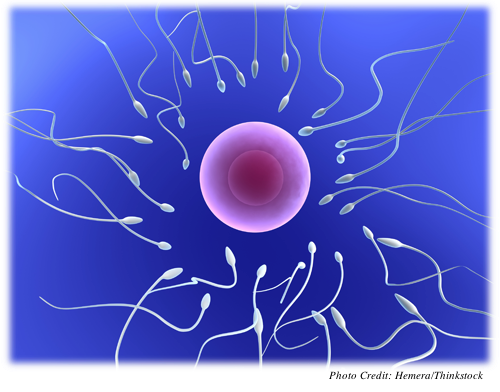
Each human person begins as a single cell, the zygote. This single cell is formed from the fusion of two cells:
• A sperm − the male reproductive cell, which is produced in one or two testicles;
• An ovum − the female reproductive cell, vastly larger than the sperm, which is produced in one of two ovaries.
The amazing result of this fusion is a tiny entity that could fit through the eye of a needle. In spite of its size, the zygote contains a detailed blueprint for the growth of the full human being. In this activity, we will take a closer look at the earliest biological mechanisms that make human development possible.
Instructions for Building a Human Body
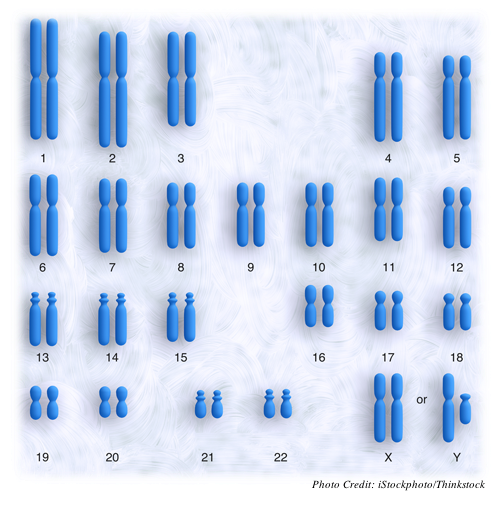
A zygote contains 46 chromosomes, 23 from the father and 23 from the mother. Imagine these 46 chromosomes as separate volumes of an instruction manual called How to Build a Human Body. This set of 46 volumes is arranged in 23 pairs and contains all the necessary instructions for making the future baby similar to, yet different from, all the rest of us.
Each chromosome consists of a long double-stranded molecule of deoxyribonucleic acid (DNA). These DNA molecules contain thousands of genes, short segments of DNA that are arranged like beads on a string and are the basic units of heredity. To continue with our instruction manual analogy, you can think of these separate genes as pages in each of the 46 volumes.
Click the image to view a further zoom of the DNA structure.
1.
In your own words, explain the organization of the genes inside of the zygote. Write your response in the space below.
Division of the Zygote and Its DNA

As the illustration on the right shows, the process of building a body follows a very orderly sequence, at least in the first few days. The zygote begins by duplicating each chromosome’s DNA. With enough chromosomes to form two identical sets, the zygote separates and splits down the middle to form two identical cells. In a similar way but at different times, these “daughter” cells divide over and over again. The zygote and every new cell of the body contain the developing individual’s unique set of 23 pairs of chromosomes. Therefore, a complete set of building instructions, carried on coiled strands of DNA, are replicated every time the cell divides, so each new cell always has a copy of the genetic code.
With these early cell divisions, each new daughter cell is half the size of the original cell, so the entire ball of cells is no larger than the original zygote. Soon, this new organism will take nourishment from the mother’s uterus and begin to grow into a tiny embryo.
2.
According to the instruction manual analogy, how many new volumes would each new cell contain whenever a cell splits? Write your answer in the space below.
Implantation and Beyond

By about the twelfth day of pregnancy, the ball of cells has embedded itself in the mother’s uterine wall, and the cells now can acquire nutrients from her bloodstream. At this point, the new human being’s DNA instructs each cell to grow by building proteins out of amino acids, a process called protein synthesis. The proteins will function both as the “bricks and mortar” and as the chemical “messengers” of the body. Depending on the kinds of proteins grown inside these miniature chemical factories, each cell multiplies and gives rise to a specific type of tissue, such as brain tissue, heart tissue, skin tissue, and so on. As these tissues grow, a human body begins to take shape and the developing organs begin to function.
So, in order to build a body, the DNA must accomplish two tasks:
• to replicate every time the cell divides and
• to synthesize proteins as needed for growth and repair of cells, tissues, and organs.
Summary
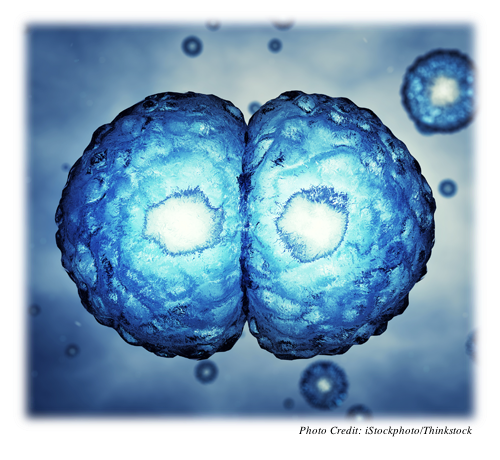
Let’s review the main points that were discussed in this activity.
• The zygote and every new cell of the body contain the individual’s unique set of 23 pairs of chromosomes, which function as the complete instructions for building and maintaining the body.
• These instructions are carried on coiled strands of DNA and are replicated every time that the cell divides. Therefore, each new cell contains a copy of the individual’s genetic blueprint.
• DNA and the cell’s chemical factory allow each cell to grow, multiply, and give rise to various tissues and organs as the human body develops.
It is amazing to think that the entire process of DNA replication and protein synthesis is going on in every cell throughout the body for the individual’s entire life.
Assessment: Check Your Understanding

3.
1. Each cell of the body contains 46 pairs of chromosomes.
Assessment: Check Your Understanding
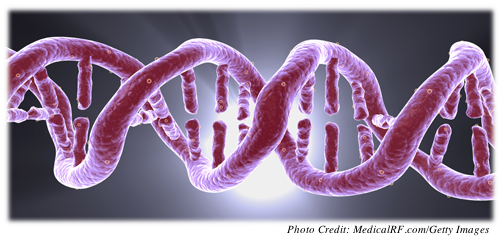
4.
2. DNA is a chromosome in the form of a long double-stranded gene.
Assessment: Check Your Understanding

5.
3. Each chromosome contains millions of genes arranged like beads on a string.
Assessment: Check Your Understanding

6.
4. Genes, short segments of DNA, tell cells what proteins to make.
Congratulations! You have completed this activity.Total Score: x out of x points (x%) You have received a provisional score for your essay answers, which have been submitted to your instructor.